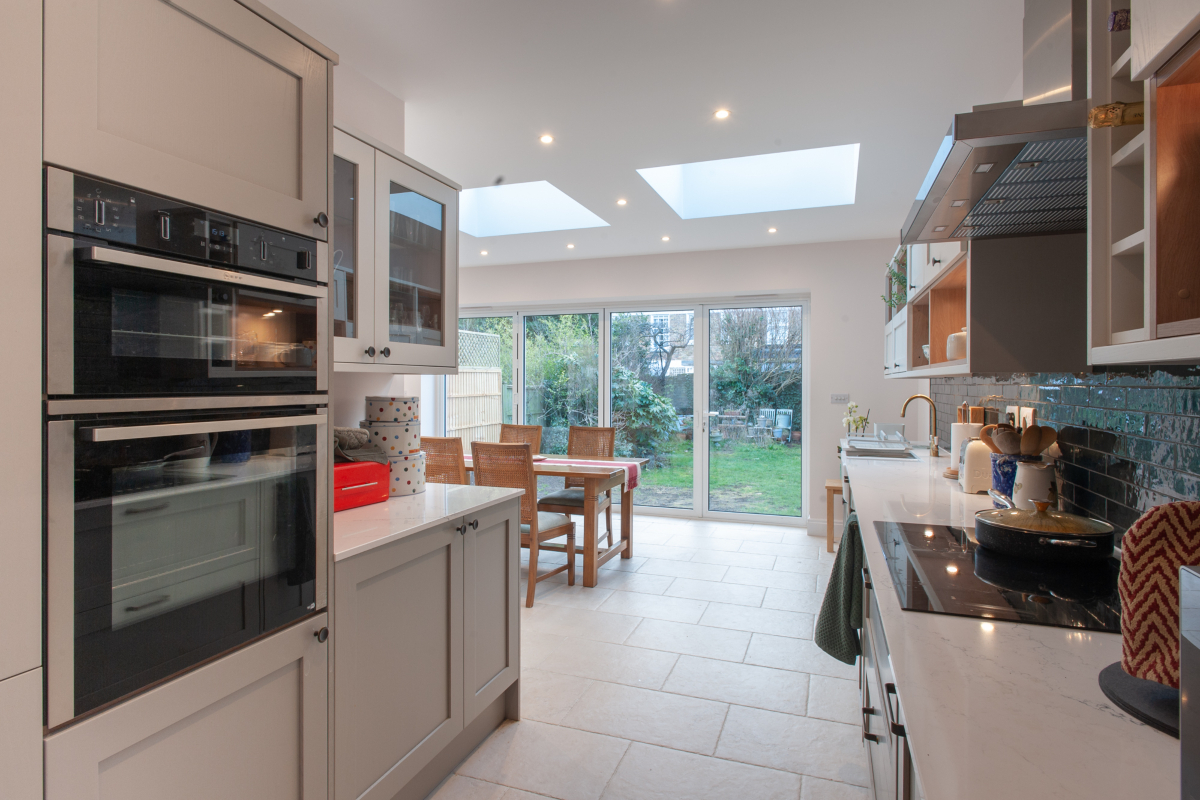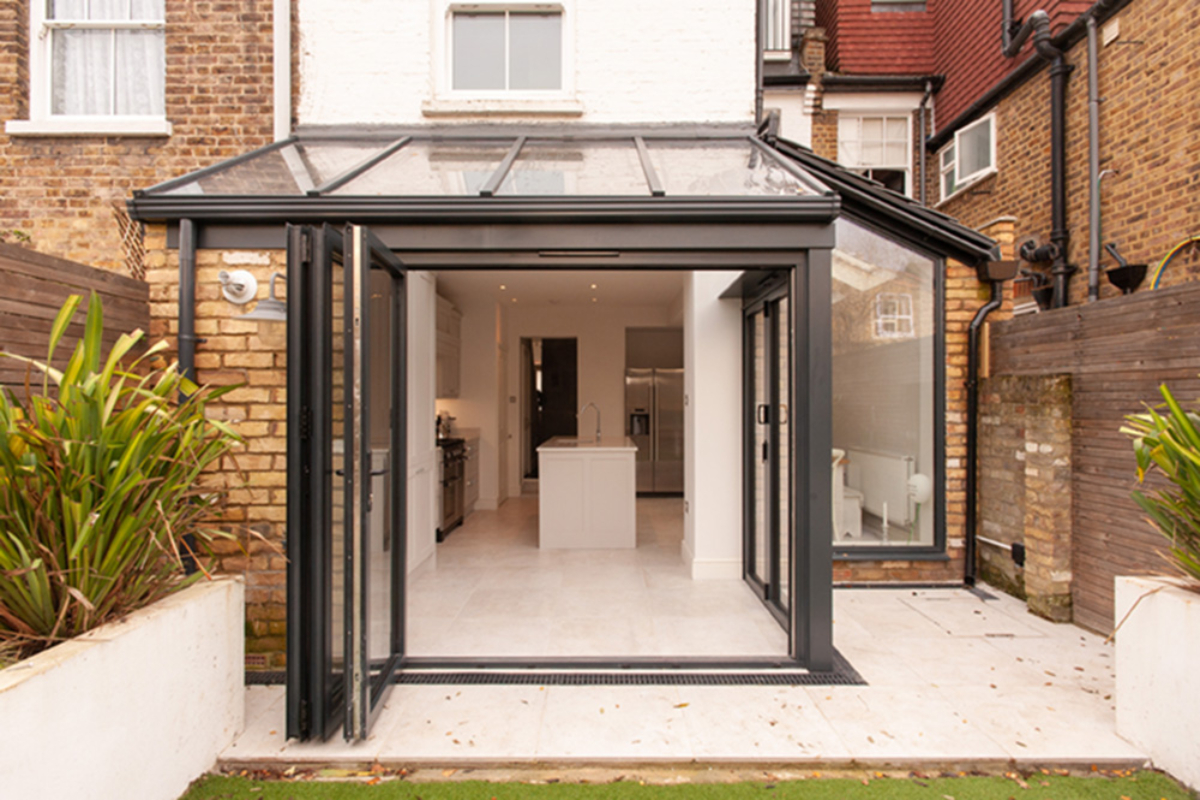One of the most exciting aspects of designing a loft conversion is the opportunity it provides homeowners to bring in more natural light and create brighter living spaces. But even this design choice has a large number of variables and options that need to be considered when looking for the perfect window to optimise your loft space.
Some of these important considerations include:
Window placement:
The location of the window determines the amount of natural light or shade the room is exposed to, the ventilation within the loft, any safety concerns or requirements, as well as its proximity to neighbouring properties.
The window placement also determines if you wake up to a beautiful vista or a view of your neighbour’s backyard. Therefore, careful thought on how the room is likely to be used, may help decide its ultimate location.
Your budget:
Always an important factor, the budget determines the ultimate design of your window. This is because the budget considers the style of the window as well as the materials used. It may also become a deciding factor if permit fees need to considered.
Permit requirements:
Depending on the loft design and window placement, permit requirements change. Though most loft conversions do not require planning permission as they fall under permitted developments, some loft conversions, specifically those constructed on homes listed in conservation areas, or those which overlook neighbouring properties, will require planning permission.
Alongside these factors, the eventual window style chosen plays a crucial role in the ceiling height, space, and light within the loft room.
So, which window should you select? Popular window options for loft conversions include:
Dormer windows:
An incredibly popular style of windows, dormer windows increase the headroom of the loft and bring in a lot of natural light. Their large size means they also add a design feature and are an attractive option.
However, dormer windows add to the complexity of the loft structure which may translate to additional costs, a need for planning permission, and increased duration of build.
Roof lights:
Roof lights or Velux windows are the simplest and most budget-friendly to install. Naturally, with a view of the sky, they offer incredible light and ventilation.
Fitting into the structure of the roof itself, roof windows do not require planning permission. They can be positioned to avoid accidental bumping which can be an issue when ceiling height is low.
The addition of blinds, shutters, and even rain sensors that automatically close the windows when it starts to rain, means that the roof windows can be enjoyed irrespective of the season or weather.
Balcony windows:
Balcony windows are a derivation of Velux windows and, like Juliet balconies, add a great deal of light and ventilation to the loft room. They essentially involve the installation of windows that fully open with a portion acting as a balustrade and another part functioning as a canopy.
With small children or pets around, it is advisable to use toughened glass for these windows for added protection.
Balcony windows are not a common feature in most loft conversions due to safety concerns, the added expenditure involved, and the complexity of the installation. But they can be an impressive design feature in loft rooms.
Casement windows:
Casement windows are a common type of window that is hinged at the side. They allow for incredible light, ventilation, and views, but are often restricted due to safety concerns.
Gable-end windows:
Hip-to-gable style loft conversions typically feature the addition of a gable wall to a pitched roof. This triangular wall between roof pitches can be an incredible location to install a window.
Though it may require planning permission, the addition of floor-to-ceiling glazing at the gable end is an aesthetic design feature that floods the room with light, thereby creating a platform that offers panoramic views.
Conclusion
The window design selected can have an immense impact on the eventual outcome of the loft conversion. Not only does it affect its light and ventilation, it also affects the room design and how it may be eventually used.
For this reason, it is vital that careful consideration and thorough research is done on the pros and cons of various styles and design trends.
Consulting professionals, visiting homes with similar window installations, and understanding the benefits and drawbacks of each specific window style prior to installation can help you to select the right window option for you and your beautiful home.
Searching for the right experts to guide you? Looking to maximise the potential your loft has to offer? Contact the amazing team at Good Design and Build today!
We are the foremost experts in creating bespoke loft conversions uniquely tailored to fit your needs. We convert awkward loft spaces into bright and spacious living areas perfect for your home and lifestyle.




